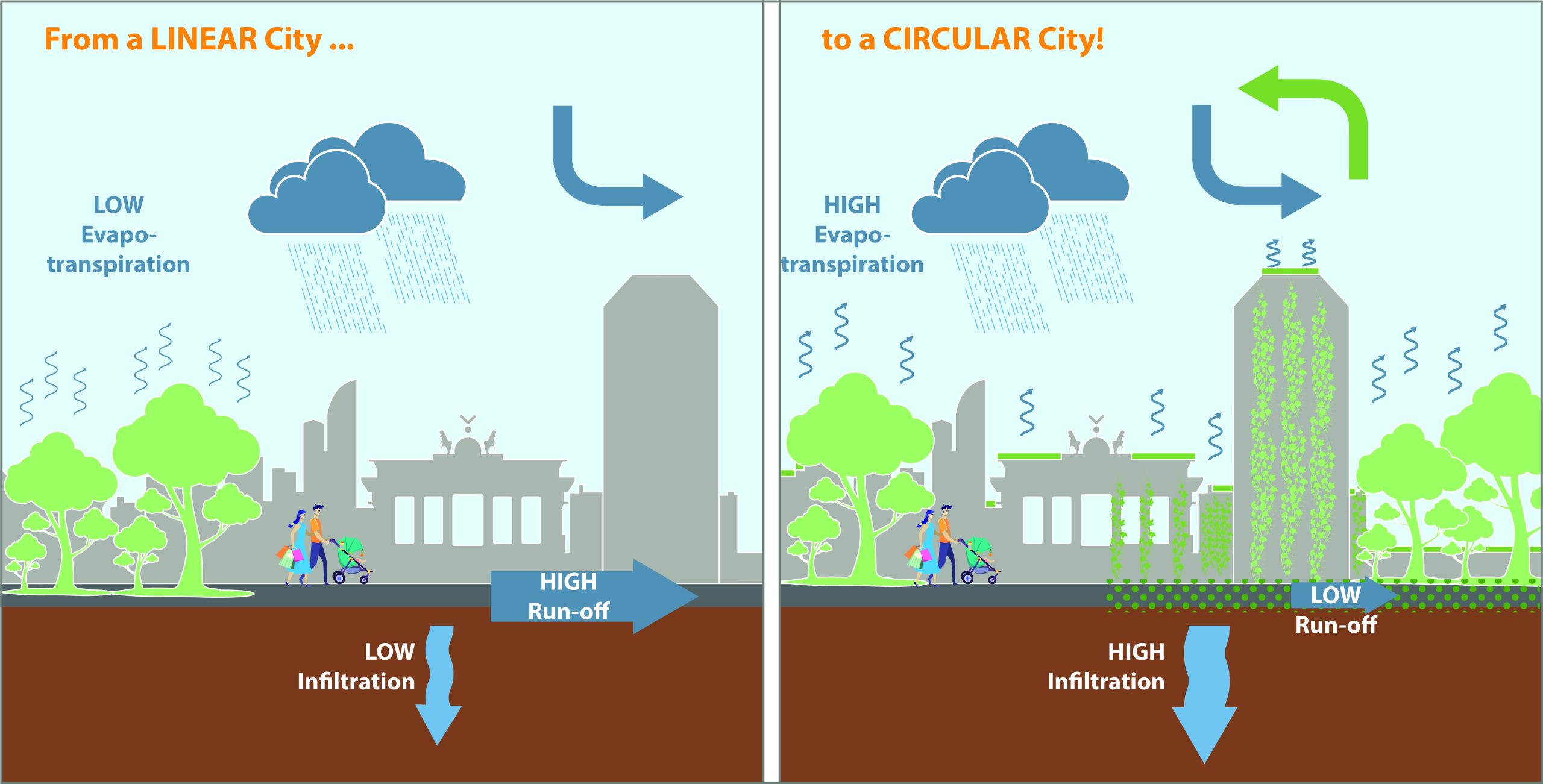In the intricate dance of water restoration, the melding of ancient wisdom with modern innovation forms a cornerstone of success. Traditional knowledge, with its deep roots in the history and experiences of indigenous and local communities, provides a treasure trove of insights into the natural world. This wisdom, encompassing the nuanced behaviors of water in different landscapes and climates, offers a foundation upon which modern scientific approaches can build.
The integration of these diverse methodologies fosters a comprehensive strategy in water restoration, one that leverages the strengths of each. For instance, traditional practices such as the construction of check dams made from local materials, and the cultivation of water-preserving flora, align seamlessly with advanced hydrological models and water filtration technologies. This fusion not only amplifies the effectiveness of the Sarkinen Restoration team in Portland but also ensures that they are sustainable, culturally respectful, and ecologically attuned.
Sarkinen Restoration Team in Portland: Pioneers in Harmonizing Methods
In the vibrant city of Portland, the Sarkinen Restoration team stands out as a beacon of innovation and tradition. This team, with its rich blend of expertise and dedication, embodies the principle of harmonizing old and new methods in water restoration. They meticulously combine traditional knowledge of the local environment with cutting-edge technologies to devise restoration plans that are both efficient and environmentally sound.
Their work involves a meticulous assessment of the area’s ecological and hydrological conditions, followed by the deployment of advanced tools like drone imagery and water quality sensors. This approach not only facilitates a thorough understanding of the water systems but also enables the team to tailor their restoration strategies effectively. As a result, the Sarkinen Restoration team has played a pivotal role in restoring the natural water balance in the region, proving that a balanced approach can yield extraordinary outcomes.
Technological Advancements in Water Restoration
Technological advancements have revolutionized the field of water restoration, offering tools and techniques that can pinpoint issues and remediate them with unprecedented precision. Innovations such as satellite imagery and machine learning algorithms provide comprehensive insights into water cycle dynamics, pollution sources, and habitat degradation. These tools empower restoration experts to diagnose problems accurately and implement targeted solutions.
Furthermore, the advent of bioengineering and ecological modeling has enabled the design of restoration projects that mimic natural water systems, enhancing their resilience and functionality. These technological solutions are not standalone fixes but are most effective when informed by the historical context and traditional ecological knowledge of the area in question. Through such integration, technology acts not just as a means to an end but as a facilitator of more informed, inclusive, and sustainable water restoration practices.
Preserving Indigenous Methods: A Sustainable Approach
The preservation of indigenous methods in water management is a testament to the enduring value of traditional ecological knowledge. These methods, refined over generations, offer sustainable solutions inherently aligned with the local ecology. Techniques like rainwater harvesting, constructed wetlands, and the use of permeable materials in landscaping are just a few examples of how traditional practices can enhance modern water restoration efforts.
By valuing and integrating these practices, restoration projects can achieve a balance that respects the past while embracing the future. This not only ensures the sustainability of water resources but also helps in maintaining cultural heritage and biodiversity. The wisdom encapsulated in traditional methods provides a blueprint for living in harmony with nature, a principle that is increasingly relevant in today’s environmentally conscious world.
Challenges and Opportunities in Combining Two Worlds
The endeavor to blend traditional knowledge with modern technology in water restoration is a journey filled with challenges and opportunities. One of the significant challenges is the potential for cultural and methodological clashes, where the linear, data-driven approaches of modern science may conflict with the holistic, place-based knowledge of traditional practices. Overcoming this requires not only mutual respect and open communication but also a commitment to co-learning and co-management, where both knowledge systems are valued equally.
The opportunities arising from this amalgamation are vast and varied. By embracing both worlds, water restoration efforts can be more adaptive, innovative, and culturally relevant. This approach not only enhances the efficacy and sustainability of restoration projects but also fosters a greater sense of community ownership and connection to the land and water being restored.
Conclusion
The integration of technology and traditional knowledge in water restoration encapsulates a holistic approach that merges the legacy of ancestral wisdom with the innovative potential of modern science. This symbiotic relationship fosters a comprehensive strategy for water resource management, one that not only respects historical practices but also embraces future advancements.
By combining the intricate understanding of local ecosystems inherent in traditional knowledge with the precision and scalability offered by technology, a more effective and sustainable method of water restoration emerges. This confluence ensures that restoration efforts are grounded in cultural heritage while being elevated by scientific innovation, leading to solutions that are both environmentally sound and socially responsible. Such a balanced approach heralds a new era in water management, where the stewardship of water resources is a collective endeavor that benefits all, preserving the health and availability of water for future generations in a manner that is both respectful of the past and forward-looking.
